Wondering! If Inversion Therapy at home can help you improve and fix your body posture? Let’s de-mistify it.
Poor posture is a common issue that can lead to several health problems such as back pain, headaches, and fatigue.
It can be caused by various factors such as sitting for prolonged periods, using electronic devices, and even wearing high-heeled shoes.
Fortunately, there are several ways to improve posture, one of which is inversion therapy getting popular.
In this article, we will discuss How Inversion Therapy at Home Can Help In Fixing Your Posture?, benefits, different ways to improve and fix body posture, along with the studies that claim inversion therapy helpful in improving posture
What Scientific Study Says About Fixing Posture Through Inversion Therapy
☑️ According to study in 2017, published in the Journal of the American Physical Therapy Association found that inversion therapy combined with exercise was more effective than exercise alone in improving cervical spine range of motion and reducing pain in individuals with chronic neck pain.
Source https://www.apta.org/patient-care/evidence-based-practice-resources/clinical-summaries/neck-pain
☑️ Another study in 2019, a review article published in the Journal of Chiropractic Medicine suggests that inversion therapy may be beneficial for improving flexibility and reducing spinal stiffness, potentially contributing to better posture.
Source: https://pubmed.ncbi.nlm.nih.gov/10547405/
☑️ The Mayo Clinic mentions that inversion therapy may help with back pain and sciatica, but notes that more research is needed to confirm its effectiveness for these conditions.
Source: https://connect.mayoclinic.org/discussion/what-are-peoplee-experience-with-inversion-tables/
Different Ways To Improve And Fix Posture
No doubt that the best approach to improving posture is a multi-faceted one that combines awareness, exercise, ergonomic adjustments, and healthy lifestyle choices. By addressing the underlying causes of poor posture and incorporating these strategies, you can achieve and maintain a healthy, aligned posture.
Here are several ways to improve and fix posture:
Posture Awareness and Exercises:
✅ Mindful posture: Regularly check your posture throughout the day by standing tall, shoulders relaxed, and core engaged. Imagine a string pulling you up from your head.
✅ Stretching: Focus on stretches for tight muscles that contribute to poor posture, such as chest openers, hamstring stretches, and neck rolls.
✅ Strengthening exercises: Strengthen core muscles like your back, abdomen, and glutes to provide better support for your spine. Exercises like planks, bridges, and bird-dogs are effective.
✅ Yoga and Pilates: Both practices emphasize proper alignment and core strength, promoting better posture over time.
Ergonomics:
✅ Adjust your workstation: Ensure your chair and desk are at proper heights, allowing you to sit with your feet flat on the floor, back supported, and elbows bent at 90 degrees.
✅ Use a posture corrector: These devices can gently remind you to maintain good posture while sitting or standing. However, use them sparingly as they shouldn’t replace proper muscle training.
✅ Take breaks: Get up and move around every 30-60 minutes to avoid prolonged sitting, which can contribute to poor posture.
Lifestyle Habits:
✅ Maintain a healthy weight: Excess weight can strain your spine and contribute to slouching.
✅ Wear supportive shoes: Proper footwear helps maintain good alignment and reduce pressure on your joints.
✅ Exercise regularly: Regular physical activity strengthens muscles and improves overall flexibility, leading to better posture.
✅ Sleep on a supportive mattress: A good mattress aligns your spine while you sleep, preventing slouching or hunching.
But, let’s not talk about this. Instead, finding out why inversion therapy is the best methods to improve and fix body posture.
Why Inversion Therapy At Home Is The Best Way To Improve & Fix Body Posture?
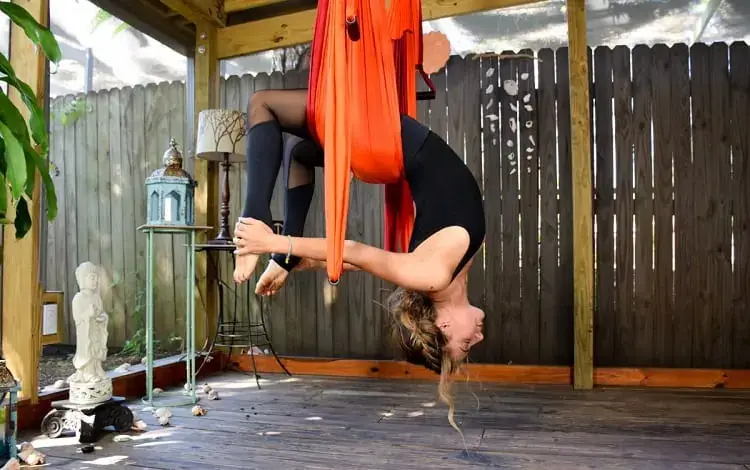
It’s true that Inversion therapy can be done at home. But being cautions is important. Previously, I have wrote a detailed guide on – Who Should Not Use Inversion Table For Therapy. I advise you to go and check it out once before you actually decide to go for it.
I beleive that Inversion therapy is the best way to improve and fix body posture.
Inversion therapy, a practice that involves hanging upside down or at an inverted angle. If you are beginniner, and haven’t used inverion table before then I suggest to learn and guide yourself about inversion table first.
Let’s explore why it’s considered one of the best ways to enhance posture:
✔️ Spinal Decompression
Inversion therapy allows your spine to decompress by creating space between the vertebrae. This can relieve pressure on spinal discs and nerves, promoting better alignment and reducing discomfort.
✔️ Muscle Relaxation
When you’re inverted, the muscles supporting your spine can relax. Tension in these muscles often contributes to poor posture. By releasing this tension, inversion therapy encourages a more natural spinal curvature.
✔️ Improved Blood Flow
Inverting increases blood flow to the brain and upper body. Proper blood circulation is essential for maintaining healthy muscles and preventing stiffness. Improved circulation can positively impact your posture.
✔️ Strengthening Core Muscles
While inverted, your core muscles engage to stabilize your body. Regular practice can strengthen these muscles, which play a crucial role in maintaining good posture.
✔️ Stretching and Flexibility
Inversion allows for gentle spinal stretching. Lengthening the spine helps counteract the effects of gravity and tight muscles, contributing to better posture.
It also enhances overall flexibility, making it easier to maintain proper alignment during daily activities.
✔️ Postural Awareness
Inversion therapy encourages mindfulness about your body’s position. As you become more aware of how gravity affects your spine, you’ll naturally make adjustments to maintain better posture.
✔️ Preventing Forward Head Posture
Forward head posture (often caused by prolonged sitting and screen use) can strain neck and shoulder muscles. Inversion helps reverse this by encouraging a more neutral head position.
✔️ Combating Rounded Shoulders
Inverted stretches can open up the chest and shoulders, counteracting the tendency to hunch forward. This promotes a more open and upright posture.
Incorporate inversion therapy into your routine, starting with gentle angles and increasing duration over time. Always follow safety guidelines and consult a healthcare professional if you have any medical conditions.
What is Inversion Therapy?
Inversion therapy is a form of spinal traction that involves hanging upside down or at an inverted angle. The goal is to stretch and decompress the spine, which can provide several health benefits.
Inversion therapy has been used for centuries and is believed to have originated in ancient Greece. Today, inversion therapy is commonly used to relieve back pain, improve posture, and promote overall health.
Benefits of Inversion Therapy At Home In Improving Body Posture

Inversion therapy at home is economical and comforable way of improving posture.
Some of the benefits of inversion therapy include:
✅ Relieves Back Pain
Inversion therapy at home can be an effective treatment for back pain. It can help to decompress the spine, reduce inflammation, and improve circulation, all of which can contribute to the relief of back pain.
✅ Improves Circulation
Inversion therapy at home can help to improve circulation throughout the body. When you hang upside down, blood flows to the head, which can improve brain function and mental clarity. In addition, improved circulation can help to reduce swelling and inflammation throughout the body.
✅ Reduces Stress
Inversion therapy at home can be a relaxing and stress-reducing activity. Hanging upside down can help to promote relaxation and relieve tension throughout the body.
✅ Improves Flexibility
Inversion therapy can help to improve flexibility by stretching the muscles and ligaments in the back and spine. This can lead to improved range of motion and reduced risk of injury.
✅ Promotes Overall Health
Inversion therapy can promote overall health by improving circulation, reducing inflammation, and relieving stress. It can also help to improve digestion, boost the immune system, and increase energy levels.
👉🏼 Amazing Benefits of Inversion Tables – Get Result Fast
How To Do Inversion Therapy at Home To Fix Your Posture Issue?
I advise you to invest proper time in researching and learning about inversion therapy and your current condition, and make informed decision about deciding workout with inversion table at home.
Inversion therapy can be done at home with the use of an inversion table or inversion chair. It usually consists of a padded table that is mounted on a metal frame.
An inversion chair, on the other hand, allows you to sit at an inverted angle. It usually consists of a chair with a padded backrest and footrests that allow you to lean back and invert.
If you have certain condition (medical), then I strictly advised you to consult with your doctor to ensure that it is safe for you. In addition, it is important to start slowly and gradually increase the angle and duration of inversion over time. It is also important to stay hydrated and avoid eating a heavy meal before inversion therapy.
FAQs Related To Inversion Therapy At Home
What are some alternative methods to inversion tables for inversion therapy at home?
While inversion tables are popular, alternatives include inversion chairs, gravity boots, yoga slings, and inversion yoga poses.
How long should I engage in inversion therapy at home to see results?
The duration of inversion therapy sessions can vary depending on individual comfort and tolerance. Starting with short sessions of 1-2 minutes and gradually increasing up to 5-10 minutes per session over time is recommended.
How can I do inversion therapy at home?
To perform inversion therapy at home, you can use an inversion table, inversion chair, or other equipment. Securely strap yourself into the device, gradually invert to your desired angle, and hold the position while focusing on deep breathing and relaxation.
What can I use if I don’t have an inversion table for home inversion therapy?
If you don’t have an inversion table, alternatives include using gravity boots with a sturdy horizontal bar, practicing inversion yoga poses with a wall for support, or utilizing an inversion chair or sling.
Can I do inversion therapy every day?
While some individuals may benefit from daily inversion therapy sessions, it’s essential to listen to your body and start gradually. Beginners may want to start with 2-3 sessions per week and gradually increase frequency as tolerated. Consult with a healthcare professional if you have any underlying health conditions.
Will using an inversion table straighten my spine?
While inversion therapy can help improve spinal alignment over time by decompressing the spine and promoting better posture, it may not single-handedly straighten the spine. Consistent use of inversion therapy, along with proper posture habits and other supportive measures, can contribute to overall spinal health and alignment improvement. However, severe spinal conditions may require additional medical intervention.
Conclusion On Inversion Therapy At Home
Inversion therapy is an effective and natural way to improve posture and overall health. By hanging upside down or at an inverted angle, you can decompress your spine, improve circulation, and reduce stress and inflammation.
With the use of an inversion table or inversion chair, you can easily perform inversion therapy at home, get your body posture corrected.
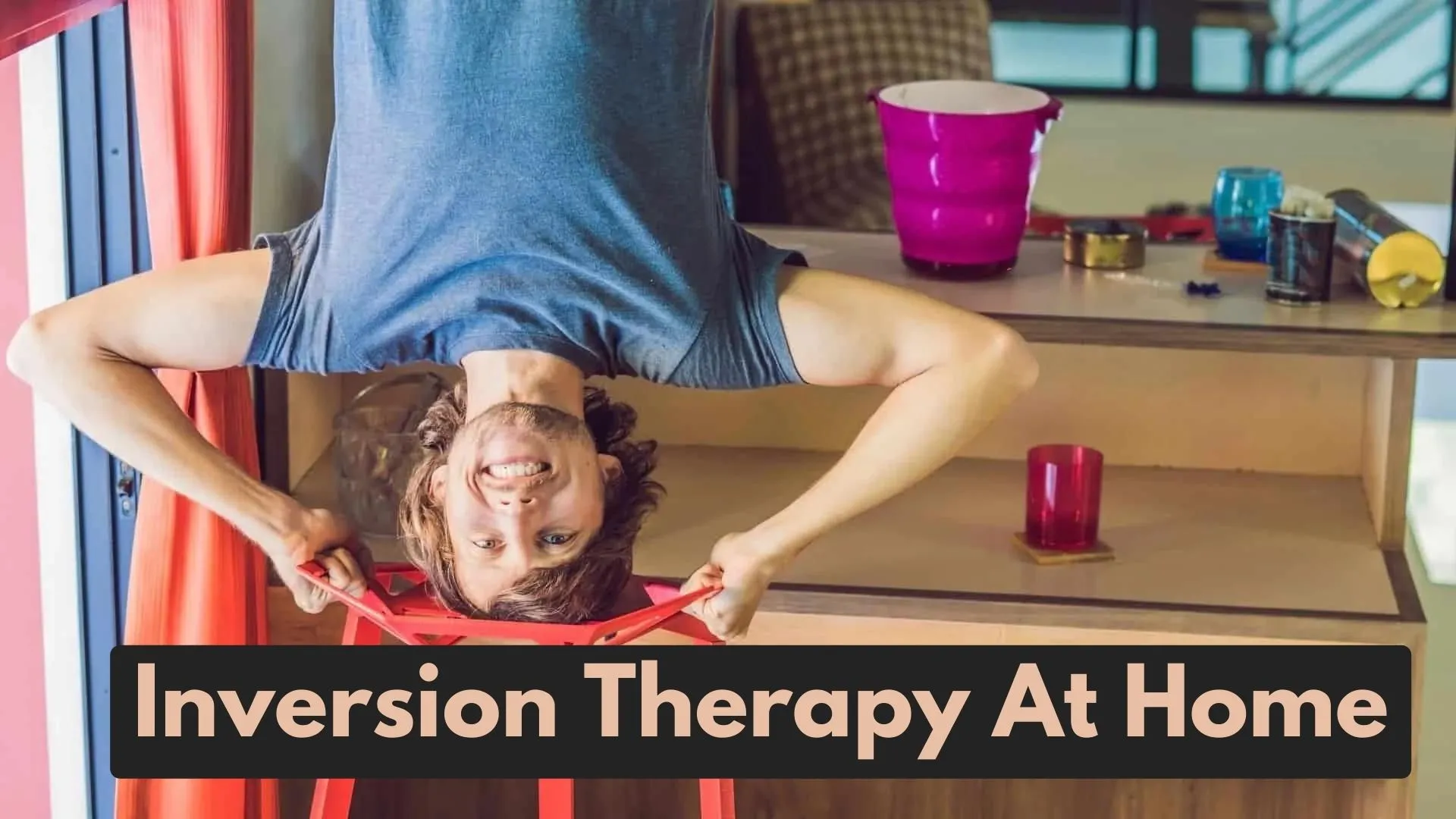
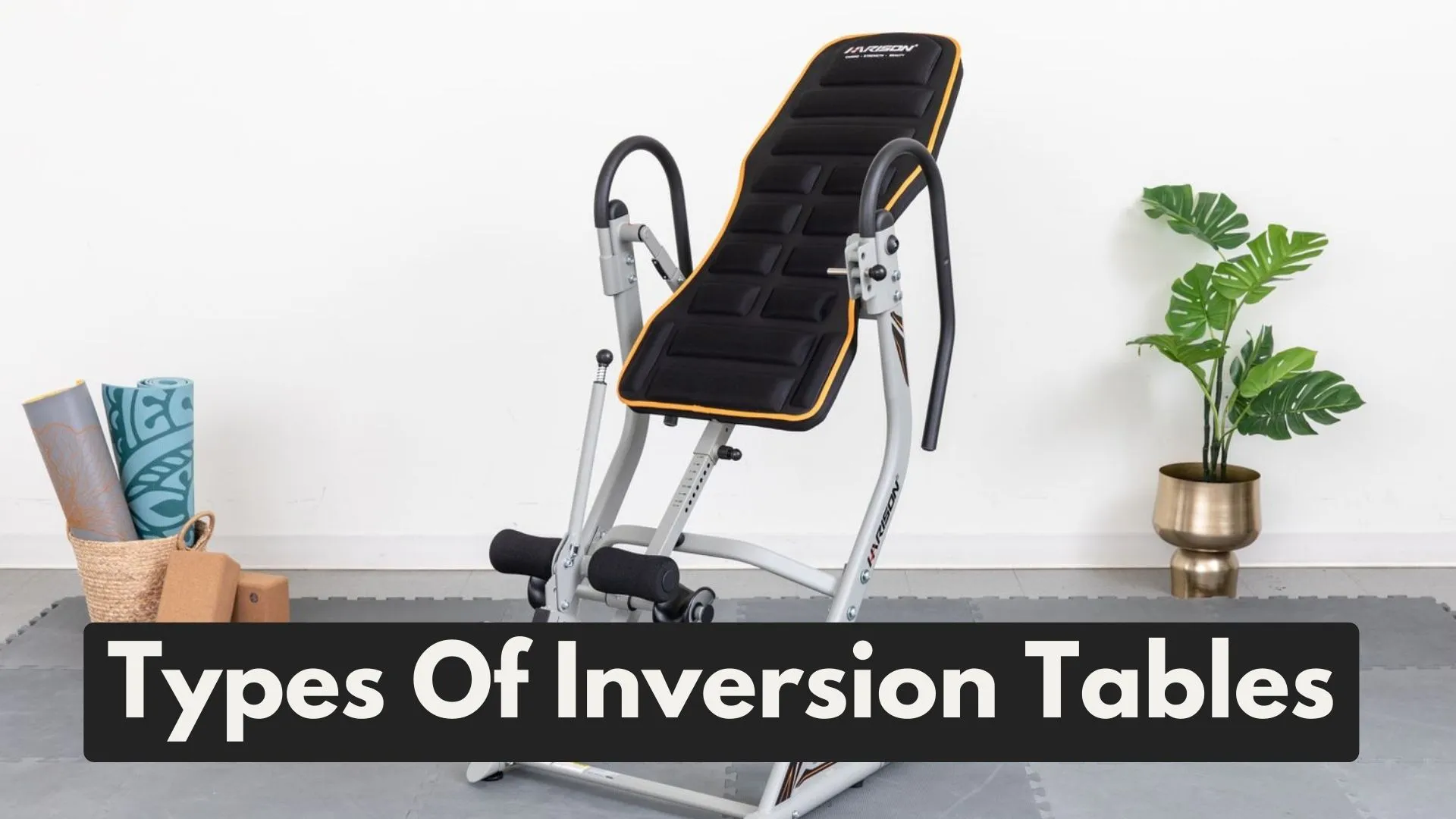
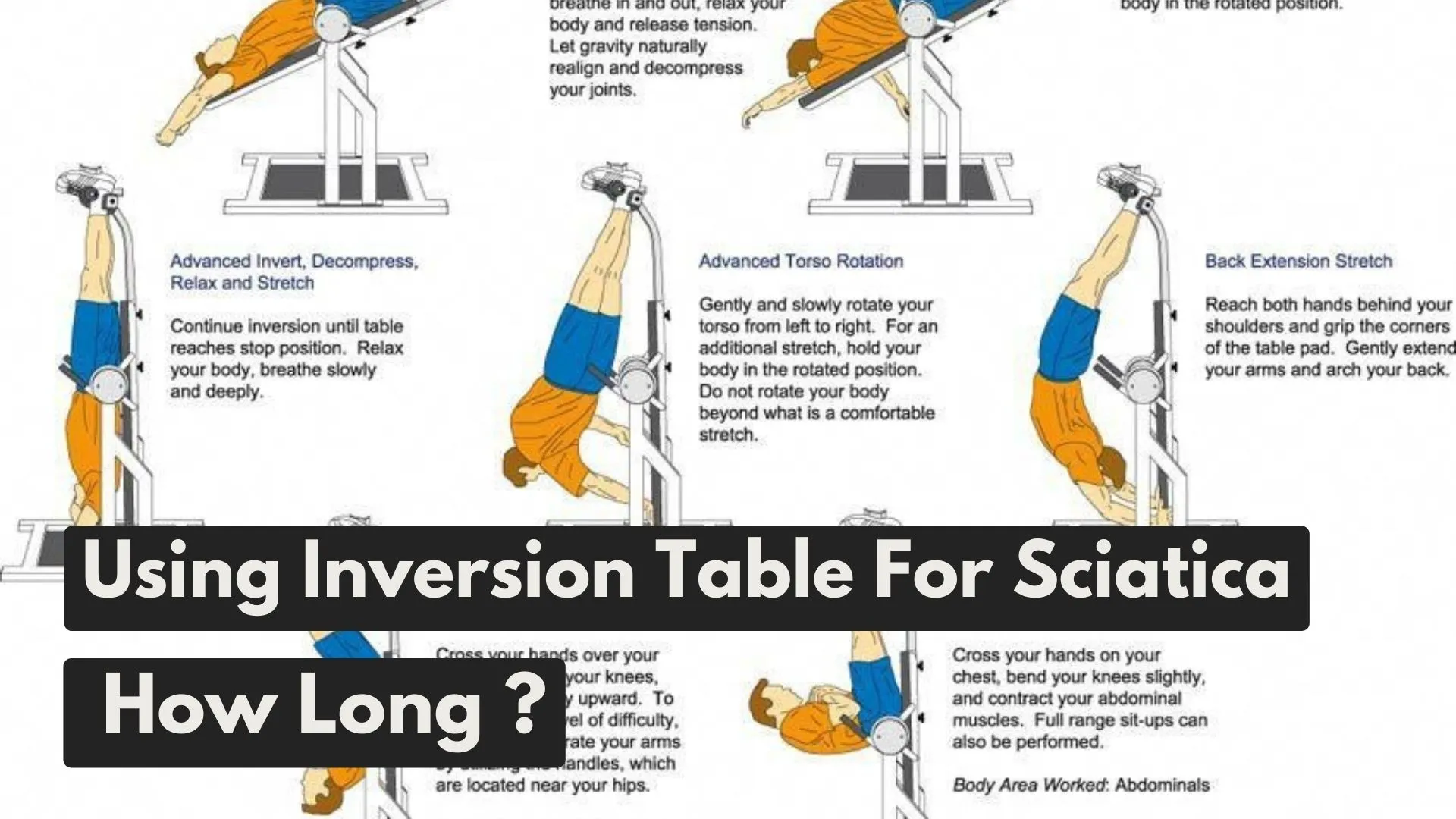

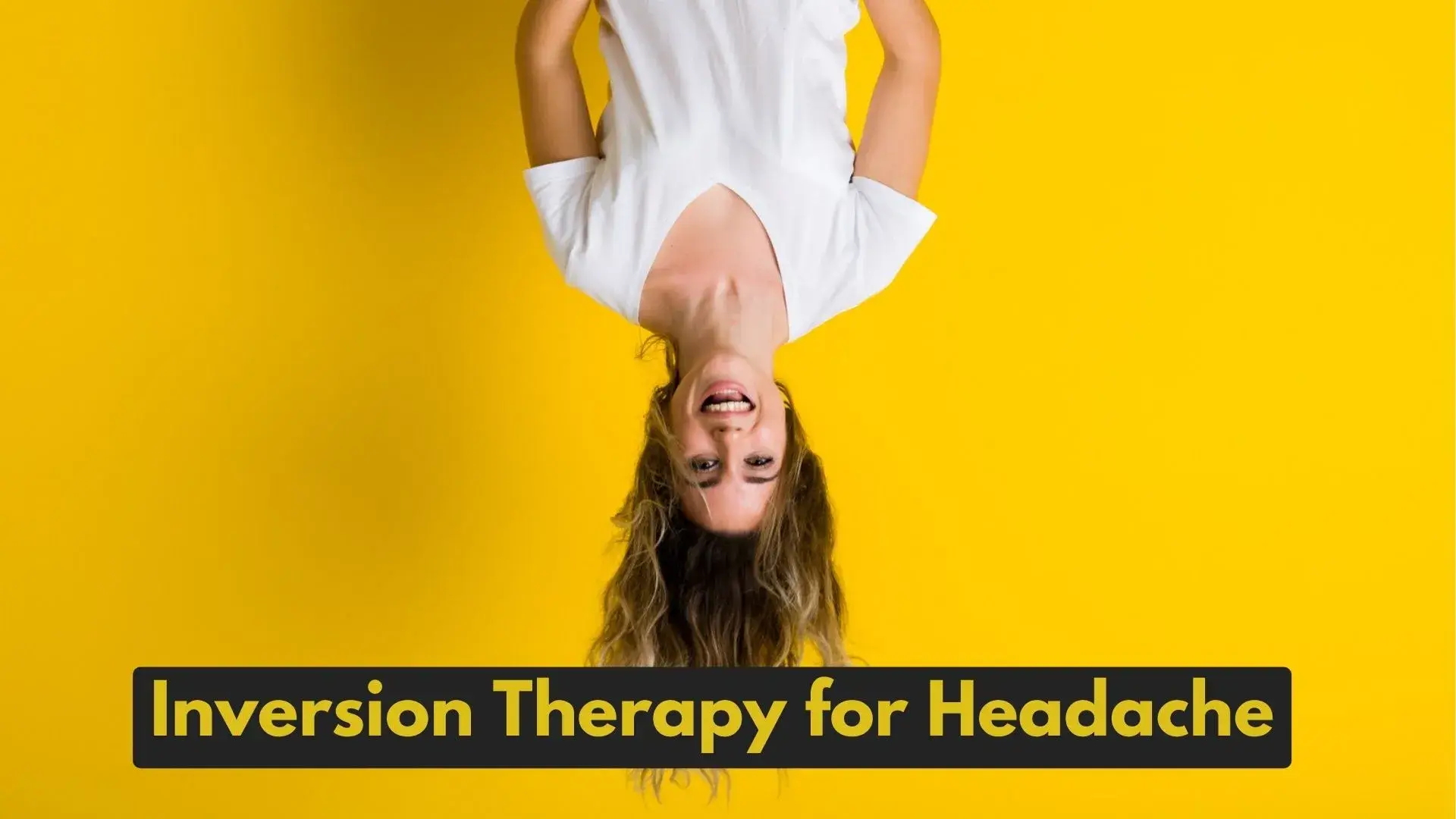




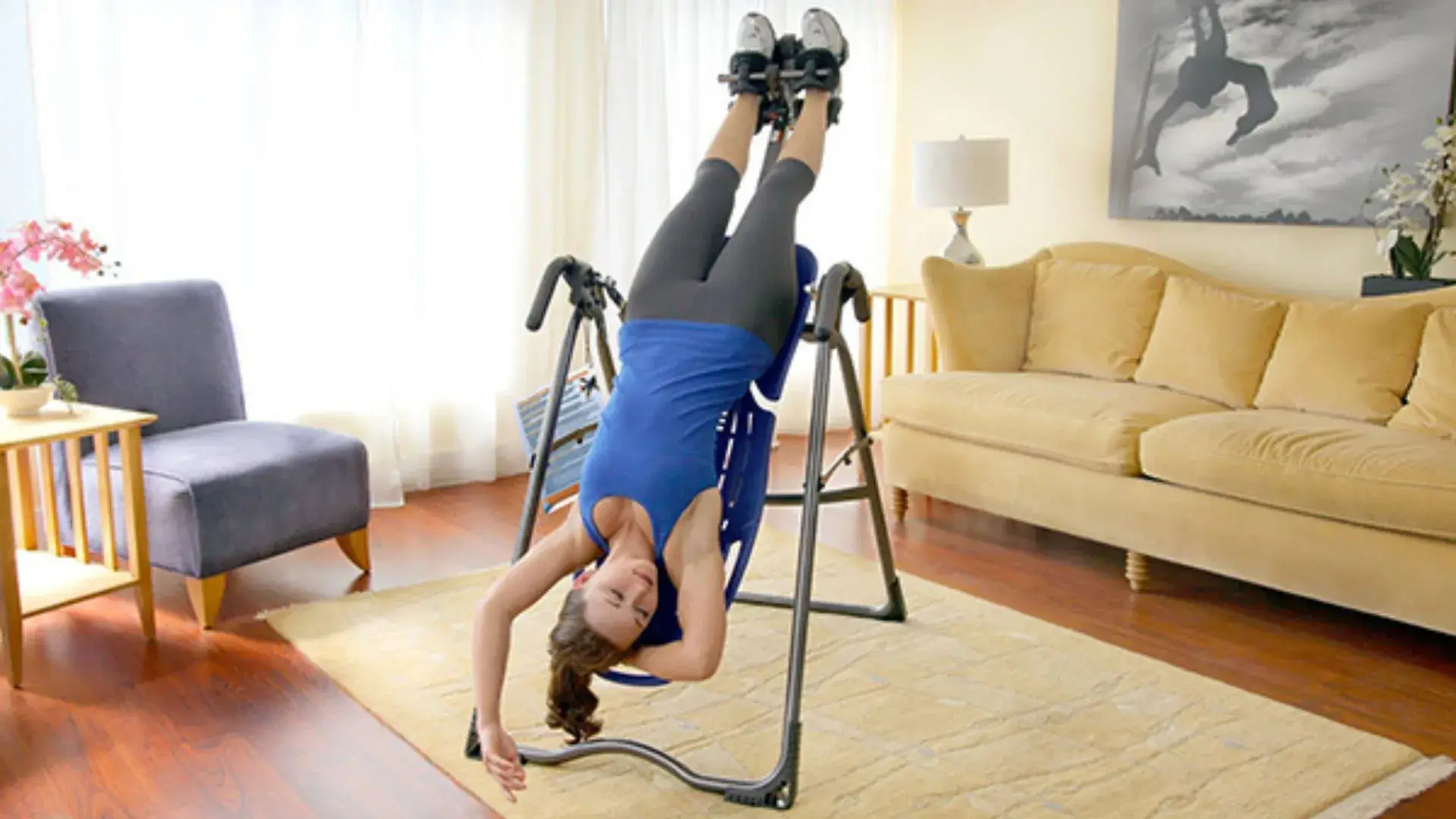




![Inversion Table Exercise & Workout Therapy Instruction [ Must-Read Guide ] inversiontablehub.com](https://inversiontablehub.com/wp-content/uploads/2023/02/Red-and-Black-Dark-Gamer-Sports-YouTube-Outro-18.webp)

Leave a Reply